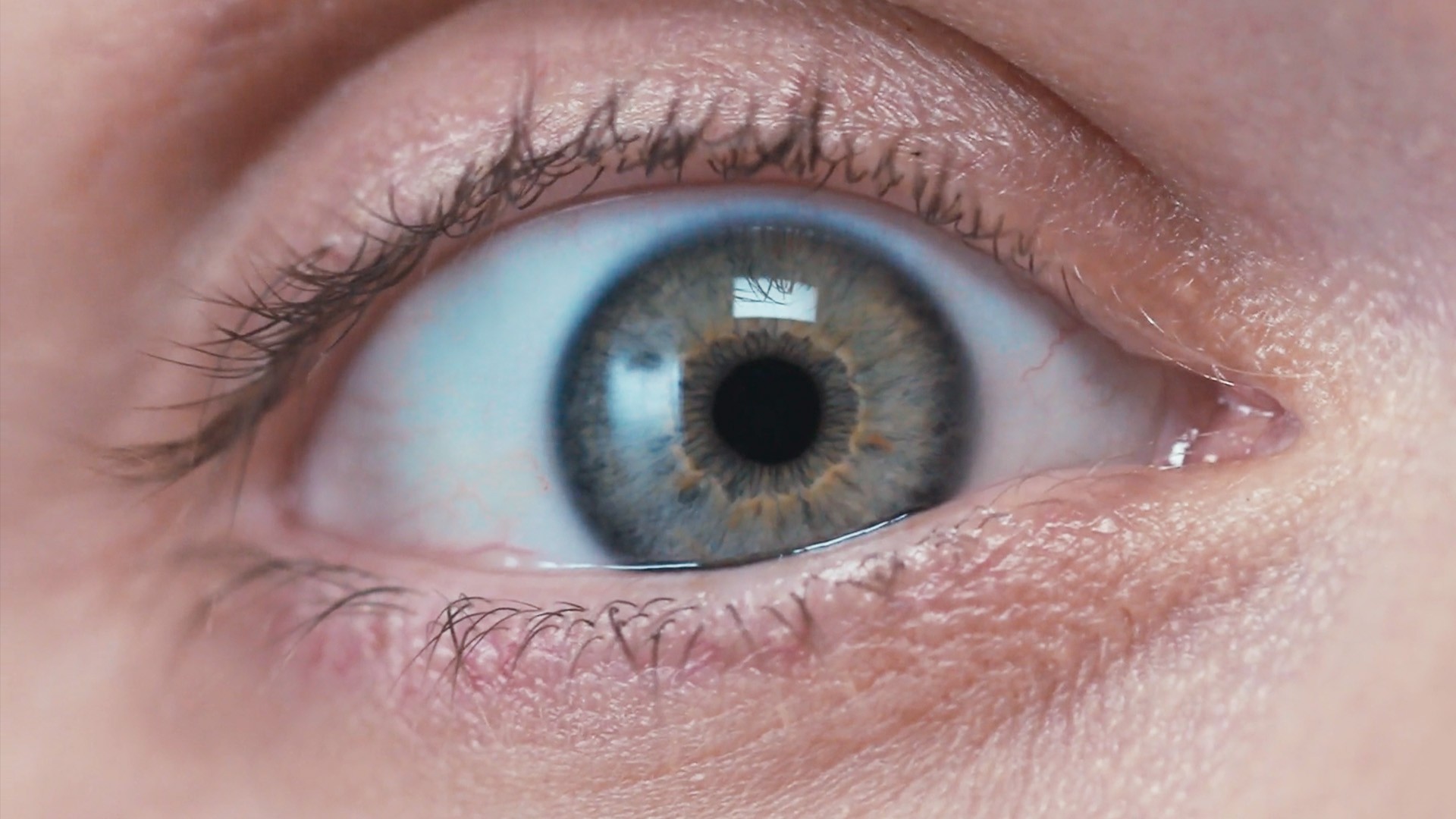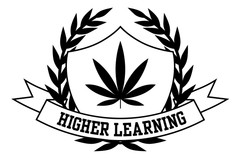There’s no scientific definition of microdosing, but generally, it means taking 1/20th to 1/10th the usual dose of a drug. LSD and mushrooms are probably the most common choices, but the world of microdosing is a lot bigger (and wilder, and more colorful) than that. Drugs that might seem more intimidating, like DMT or mescaline, can be microdosed, too, if someone knows what they’re doing.
Advertisement
Different drugs have different effects, but there are some universal ways to mitigate their risks and increase their possible benefits. It’s always best to start on the lowest end of a dose, then work up the next time. One reason is that, since psychedelics are still unregulated in most places, people may not be consuming exactly what they think, said Peter Freed, assistant professor of clinical psychiatry at Columbia University Medical Center. “The big concern is that when people are buying these substances themselves, they're not getting high-quality stuff.” Another reason to go slow—whether microdosing once or repeatedly over the course of several days, weeks, or months—is to prevent building up a tolerance. It’s best to wait a few days after microdosing before taking anything again, said Matthew X. Lowe, research director for the psychedelic research non-profit Unlimited Sciences, which is currently conducting a study on the health outcomes associated with full-dose psilocybin with Johns Hopkins University. “It is a commonly practiced three-day cycle that follows the 'Fadiman Schedule', where for 48 hours, you remain substance-free,” he said, “and on the third day, you microdose.”Psychedelics may be dangerous for people with preexisting health conditions. People who have psychiatric, neurological, or cardiovascular disorders or are using psychiatric drugs should avoid microdosing altogether, said James Giordano, professor of neurology and biochemistry at Georgetown University Medical Center, explaining that psychedelics “can have an effect on the peripheral nervous system, which can affect heart rate, intensity of heartbeat, and blood pressure.”
Advertisement
And though some U.S. states and cities have decriminalized magic mushrooms and other plant-based psychedelics, everyone should also be aware that psychedelics are still illegal under federal law and criminalized in most of the country.So, why microdose? The research can be mixed, said Ellen Bradley, assistant professor of psychiatry at the University of California, San Francisco. She pointed to the largest placebo-controlled study on microdosing psychedelics to date: “People did report improvements on a bunch of different axes after microdosing, from mental health and productivity and cognition and life satisfaction—but people also reported that who’d had placebo,” she said.Still, there are plausible scientific explanations for why microdosing might improve one’s mental health. “Psychedelics tend to promote the formation of new neural connections and increase neuroplasticity,” said licensed clinical psychologist Holly Schiff, referring to the brain’s ability to change. The effect is only temporary, but when it’s happening, “It presents a window of opportunity for psychological and behavioral improvements through psychotherapy.” Microdosing may be most beneficial done while undergoing therapy, though some people still say microdosing has helped them without it.
Advertisement
To better understand the nuances of microdosing different drugs, VICE talked to a wide variety of researchers and users about expected effects, possible benefits, and risks. Common microdose: 0.1–0.3 g of dried mushroomsMicrodosing mushrooms usually involves eating straight mushrooms or mushroom chocolates or taking capsules containing ground-up mushroom powder. Proper microdoses shouldn’t cause any hallucinatory effects, said Giordano, the Georgetown professor, but might create a feeling of “lightness” or being “in the flow.” The latter is how it feels for Brandon Goode, a 29-year-old entrepreneur in Toronto. “I find that microdosing brings more presence to my regular activities, whether meditating, going for walks, socializing, or working,” he said, explaining that shrooms make him feel more connected to nature and people.Some people who have microdosed mushrooms have reported improvements in mood, sleep quality, creativity, and focus, said Lowe, research director for Unlimited Sciences. Laura Dawn, a 38-year-old plant medicine integration guide, uses mushroom microdoses to “tap into flow states” before work. “I was that kid who hated school, and microdosing small amounts of psilocybin helped me enjoy learning and stay morning-focused,” Dawn said.Corinne Segura, a 39-year-old blogger in Victoria, Canada, who suffers from insomnia related to chronic fatigue syndrome, said microdosing in the morning with very small doses of mushrooms, as little as .02 g, helps her sleep at night. Even at this dose, she said, “The results last for about a week, but [my insomnia] doesn't go back to the severity [at which I experienced it] before starting the microdosing.”
Mushrooms
Advertisement
Even though mushrooms are relatively safe, said Lowe, “The risks are more psychological than physiological. Individuals can experience negative emotions or emotions that are too intense. They can experience anxiety or increases in neuroticism.” By starting with as little as possible, a user can monitor for any difficult emotions then take even less next time. It’s also a good idea to avoid doing anything potentially dangerous like driving, said Hailey Shafir, a licensed clinical addiction specialist and mental health counselor.Common microdose: 10–20 microgramsIf microdosing mushrooms is more about enhancing play, then microdosing LSD is more about improving work. It’s often associated with tech entrepreneurs, and many people claim it enhances their productivity and creativity. “The positive energy was massively different from my typical coffee-fueled workday,” said Joe Moore, a 39-year-old psychedelics educator in Colorado. “Microdoses seemed to boost my mood, give me amazing focus, and decrease my chronic pain.” From a scientific perspective, his experience seems to be part of a pattern. “Anecdotal data suggests that LSD produces an energetic response, more creativity, and better cognitive functioning and problem-solving skills,” said Shafir. However, the rush of energy some people get could be a downside: Even after microdosing LSD in the morning, Moore has had trouble falling asleep at night.
LSD
Advertisement
Preparing a true microdose usually means cutting a tab of acid into at least 10 pieces, said Shafir. One thing to keep in mind is that LSD has a lower hallucinogenic threshold than mushrooms—that is, it’s easier to hallucinate on acid. “With some people,” said Giordano, “the kinetics of how they process LSD allows it to bind in a way that can produce a rapid onset and be hallucinogenic.”Common microdose: 0.5–1.0 mgDMT is known as a drug that can take you to other dimensions, but when it’s microdosed, some people report being able to stay on the ground and go about their days with an added sense of inspiration. Whether laboratory-made, derived from plants, or, in the case of 5 MEO DMT, made from toad venom, DMT can be vaporized, smoked in a pipe, or snorted. Of the microdosing options, it’s the most spiritual for some users.Yana, a 33-year-old tech worker in Los Angeles who avoided sharing her last name for privacy purposes, first vaped small amounts of DMT at a party, allowing her to participate in a conversation like she normally would while feeling a “really nice, loving, wholesome, uplifting high.” She’s done this several times since. “I don’t get any [intense] visuals, but maybe the room breathes, or things pulse,” she said. “I feel like I know where my place is in the universe, both big and small, and I’m at peace with it. Things are more sparkly.”
DMT
Advertisement
“DMT is a very potent hallucinogen with very strong entheogenic and psychedelic effects even with smaller doses,” said Giordano. Someone who microdoses it may feel “more creative, expansive, and less constrained by thought processes,” but they also may unintentionally hallucinate. “It spikes quickly, so it’s rapid-on and rapid-off,” they said. Still, the effects may take time to fully set in once they come on, so Giordano suggested waiting at least two hours after a dose before taking more. Common peyote microdose: 10 g fresh or .9 g dried
Common San Pedro microdose: 10–20 g fresh or 3–5 g driedThe peyote and San Pedro cacti both contain a compound called mescaline, which can cause hallucinogenic effects at high doses. Mescaline can lead to increased awareness, intuition, and focus at microdoses, along with a sense of “emotional unburdening,” according to Giordano. Jose Alejandro Torres Aguilera, a 27-year-old artist and musician in Mexico, said microdosing peyote has made him “more focused on what is my path and who I want to be” and helped him “approach things more calmly and with lightness in my daily living.” It may be a particularly appealing option to those seeking a sense of inner peace or stress reduction. Peyote and San Pedro can both be distilled into powder and encapsulated. One particular risk is “dose accumulation” due to the way mescaline is stored and metabolized in the body, said Giordano, who cautions against taking it multiple times a day. “Mescaline is not something you want to take throughout the day at microdoses. You can get a macro effect in time.”
Mescaline
Common San Pedro microdose: 10–20 g fresh or 3–5 g driedThe peyote and San Pedro cacti both contain a compound called mescaline, which can cause hallucinogenic effects at high doses. Mescaline can lead to increased awareness, intuition, and focus at microdoses, along with a sense of “emotional unburdening,” according to Giordano. Jose Alejandro Torres Aguilera, a 27-year-old artist and musician in Mexico, said microdosing peyote has made him “more focused on what is my path and who I want to be” and helped him “approach things more calmly and with lightness in my daily living.” It may be a particularly appealing option to those seeking a sense of inner peace or stress reduction. Peyote and San Pedro can both be distilled into powder and encapsulated. One particular risk is “dose accumulation” due to the way mescaline is stored and metabolized in the body, said Giordano, who cautions against taking it multiple times a day. “Mescaline is not something you want to take throughout the day at microdoses. You can get a macro effect in time.”
Advertisement
Ayahuasca
Advertisement
Ibogaine
Advertisement
MDMA
Advertisement
Ketamine

The Bottom Line
Follow Suzannah Weiss on Twitter.Correction: This story originally said Unlimited Sciences was conducting a study on microdosing psilocybin. The study is on full-dose psilocybin.

